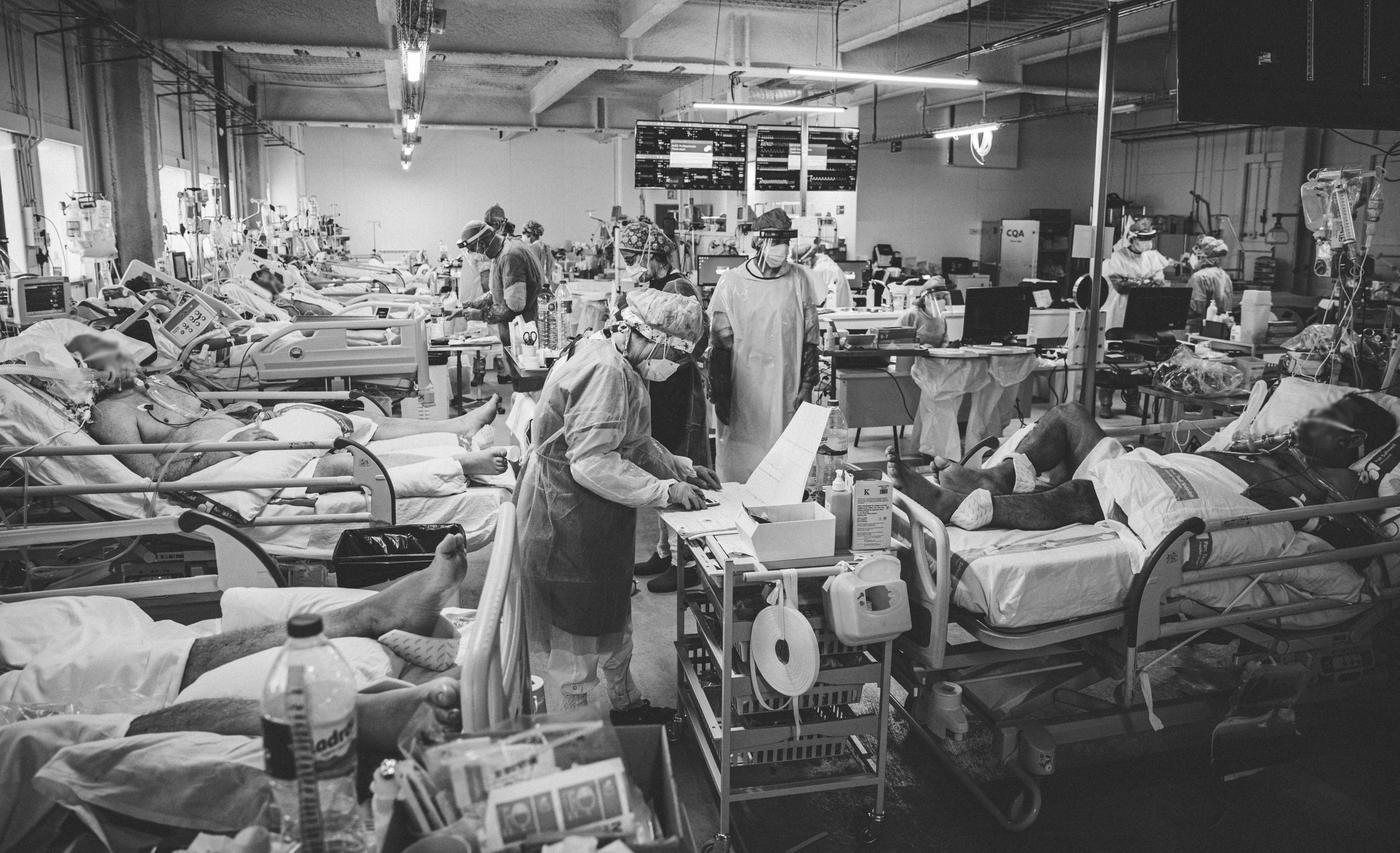
Urological cancers, encompassing malignancies of the bladder, kidneys, prostate, and testicles, remain a formidable group of diseases due to their varied symptoms and complexities in diagnosis and treatment. This article delves into these cancers, outlining the vital signs, diagnostic techniques, and therapeutic approaches crucial for effective management and treatment.
Urological Cancers: Symptoms, Diagnosis, and Treatment Options
Understanding the nuances of each type of urological cancer can empower individuals to seek timely medical advice, potentially leading to early detection and improved treatment outcomes.
Bladder Cancer
Bladder cancer originates in the bladder’s lining and is one of the most common urological cancers. It primarily affects older adults but can occur at any age.
Symptoms:
Visible blood in the urine (hematuria), which may be intermittent
Urinary urgency and pain during urination
Frequent urination or feeling the need to urinate without results
Pelvic pain
Diagnosis:
The diagnosis of bladder cancer often starts with a urine test to check for blood and cancerous cells. Cystoscopy, a procedure involving the insertion of a scope into the bladder, allows doctors to examine the bladder wall directly. Imaging tests such as CT scans and ultrasounds provide detailed pictures of the bladder and help in staging the cancer.
Treatment Options:
Treatment depends on the stage of the cancer. Superficial cancers may be treated with transurethral resection (TURBT), followed by intravesical therapy to kill any remaining cancer cells. Advanced stages may require more radical treatments such as partial or complete removal of the bladder, chemotherapy, radiation therapy, or immunotherapy.
Kidney Cancer
Often silent in its early stages, kidney cancer typically becomes apparent through symptoms that are commonly attributed to less serious health issues.
Symptoms:
Blood in the urine is typically painless
Persistent pain on one side of the back just below the ribs
Mass or lump on the side or lower back
Fatigue, weight loss, and fever
Diagnosis:
Kidney cancer is most often discovered during routine imaging for unrelated health issues. A combination of ultrasound, CT, and MRI scans can determine the presence and extent of the disease. Biopsy, although less common, may be used to confirm the diagnosis.
Treatment Options:
Surgical removal of part or all of the affected kidney is the primary treatment for localized kidney cancer. Advanced or metastatic kidney cancers might be treated with targeted therapies, immunotherapies, or radiation therapy.
Prostate Cancer
Prostate cancer is a significant concern for men worldwide, particularly affecting those over the age of 50.
Symptoms:
Trouble urinating or pain during urination
Decreased force in the stream of urine
Blood in the urine or semen
Erectile dysfunction
Pain in the back, hips, or pelvis that doesn’t go away
Diagnosis:
Screening for prostate cancer is controversial but often includes the prostate-specific antigen (PSA) test and digital rectal examination (DRE). If these tests indicate potential cancer, a biopsy of the prostate gland is performed to confirm the diagnosis.
Treatment Options:
The treatment of prostate cancer varies greatly depending on the age, stage of the disease, and other health conditions of the patient. Options include watchful waiting, surgical removal of the prostate, radiation therapy, hormone therapy, chemotherapy, and, more recently, targeted therapy and immunotherapy.
Testicular Cancer
Testicular cancer, though rare, is notable for its high treatability and cure rate, especially when caught early.
Symptoms:
Swelling or lump in one or both of the testes
Heavy feeling in the scrotum
A dull ache in the abdomen or groin
Sudden accumulation of fluid in the scrotum
Diagnosis:
Early diagnosis is key and often begins with a physical examination followed by an ultrasound of the testes to identify lumps or abnormalities. A blood test for tumor markers can also support the diagnosis.
Treatment Options:
The primary treatment for testicular cancer is the surgical removal of the affected testicle, which may be followed by radiation or chemotherapy depending on the type and stage of the cancer.
While diverse, urological cancers share the commonality of better outcomes through early detection and tailored treatment strategies. Awareness of symptoms, commitment to regular medical check-ups, and knowledge of the latest diagnostic and treatment methods are critical in the fight against these pervasive diseases. By demystifying these conditions, individuals are better equipped to navigate the complexities of urological cancers, leading to earlier detection, more effective treatment, and improved survival rates.